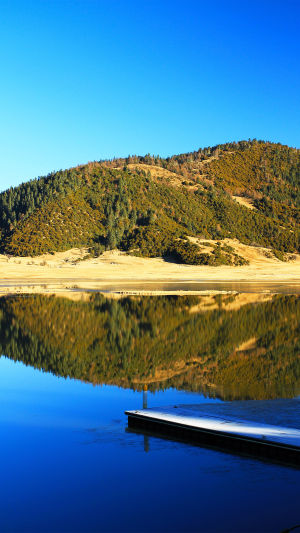When it comes to Algeria, it may seem unfamiliar. At first glance, you may not know whether it is in the Middle East or in Africa, and the imaginary picture hesitates between the desert or the grassland canyon.
We had rarely heard of this country before coming here. Unlike its neighbors, Morocco and Egypt, Algeria keeps a low profile from the outside world. In many areas, photography is not even allowed, and few outsiders have seen its real face.
1. World footballer Zinedine Zidane, whose parents are both Algerian
2. The founder of the famous French luxury goods and cosmetics brand Yves Saint Laurent (YSL), who is Algerian.
3. Albert Camus, the famous French writer, philosopher, founder of absurd philosophy, and Nobel Prize winner in literature, was born and raised in Algeria.
4. Writer Sanmao, who married José, lived for many years in the Western Sahara Desert, the vast majority of which is in Algeria, and inspired her latent writing talent, leaving many fine lines in the desert.
Algeria actually has a larger presence than what is online. As the largest country in Africa, Algeria is also the tenth largest country in the world, ten times the size of the United Kingdom.
Algeria has always been the hub of Africa connecting the Arabian Peninsula to Europe and was once the "breadbasket of the Roman Empire," with ruins of different civilizations along its long coastline.
Arabic and French are the common languages, and many of the inhabitants speak the traditional Berber language. The per capita GDP of the inhabitants of this seemingly backward village in the desert is US$4,000.
Visas are difficult, and travel tips are passed on by word of mouth, but for the adventurous backpacker, the hardships of getting into Algeria are worth the trip. Leaving aside the famous seven World Heritage sites, it's an eye-opener from landing in the northern capital of Algiers, through the well-preserved old cities and unexplored beaches, to the orange desert of the Sahara.
If you want to enter the legendary and completely unphotographable city of Ghardaïa solo, a local guide is the most basic configuration, preferably with two others.
This 5,000-year-old "jewel of the oasis," complete with the most traditional Berber complexes since the tenth century, designed to be warm in winter and cool in summer yet dense and secluded, is a staggering city from an aerial view.
Tourists can only enter the village complex by following a tour group because if they walk on their own, they will definitely get lost and won't be able to walk out before dark. A European travel blogger once followed a guide to visit this mysterious ancient city.
The guide first let the blogger change into traditional clothing, wear a clean hat, pretend to be a village person, and then led him around. During the process, it was stressed several times that no one should be photographed, and as soon as the camera was picked up, the locals would turn their faces away and rush away.
It is basically safe to take pictures of the tourist sites, climb up the hill to reach Notre Dame d'Afrique, and look out over the mist-shrouded Mediterranean. Looking back over the new town,we thought we had traveled back to France a hundred years ago, with street parks and European-style buildings echoing each other.
If you have the chance, you must go to explore this amazing country once.





